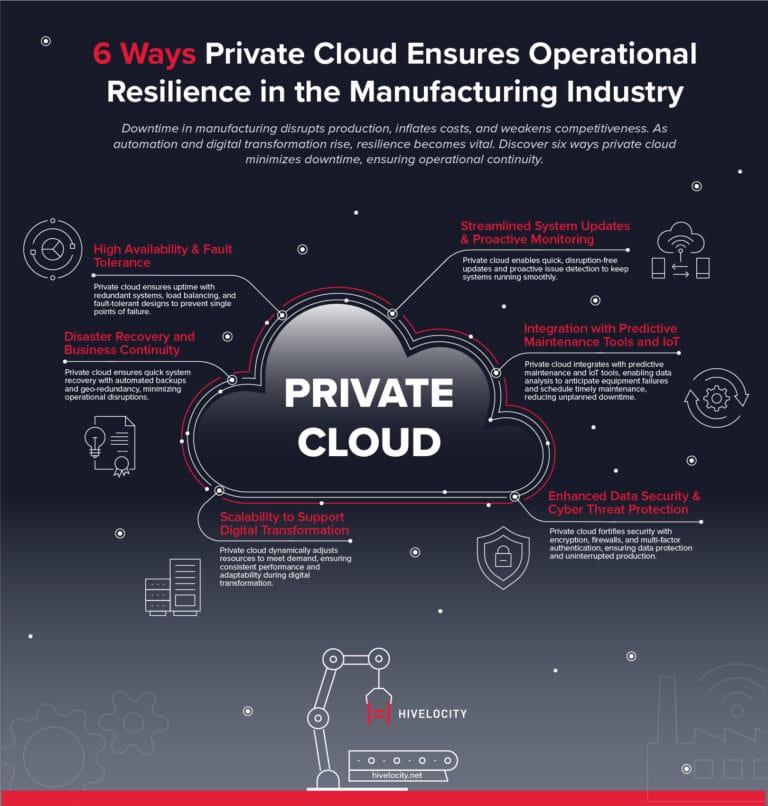Over the last few years, we have seen the amount of data in the world has increase rapidly. Today’s economy requires a dynamic infrastructure with brief access to every service. To support today’s applications, businesses are looking for flexible and secure infrastructure solutions and a hybrid data center might be the answer.
A Hybrid Data Center Strategy
A hybrid data center helps businesses leverage new technologies and is being recognized as an ideal solution to scalability and security.
Hybrid data center means mixed computing and storage environments. Adoption of a hybrid IT infrastructure environment combines the benefits of on-premises data centers, private cloud and/or public clouds services – allowing to quickly respond to changing business needs. The real advantage of a hybrid cloud lies in the ability to gain a comfortable and flexible middle ground to ensure all your workloads are treated properly and cost-effectively.
What are the workload placements in a hybrid data center?
– Private cloud
Private cloud refers to a model of cloud computing in which computing resources are rented by a single client or company and dedicated to the needs and goals of one business
– Public cloud
Public cloud is a model where data is stored off-site on a shared server managed and maintained by a service provider.
– On-premises
On-prem is an environment where resources are deployed in-house or within a data center.
A hybrid data center infrastructure allows businesses to easily customize workload placement based on their workloads and applications. This means that some workloads can remain on-premises, while others run in the cloud – the best of both worlds.
Getting started
To keep up with digital transformation, businesses must strive to implement hybrid IT in their business operations. It’s critical to select the most reliable approach for your business. The first step is for business is to set goals and prepare for hybrid IT as a top priority. Keep in mind what the requirements and security measures you need for your business(needs) to create the most effective and efficient infrastructure for your business.
Hivelocity can enable you’re your business journey to hybrid IT, our team of experts are happy to discuss your situations and requirements to help you get best solution for your business. To learn more about how our data centers, products and services can help optimize hybrid data center performance, please call us at (888) 869-4678 or contact us via sales@hivelocity.net


